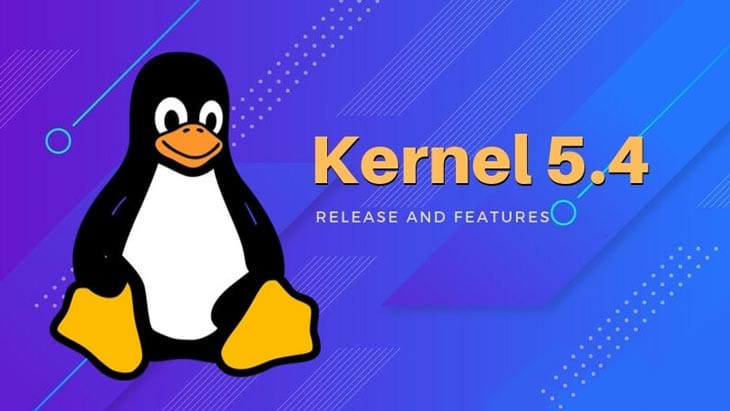What does the new Linux kernel 5.14 have?
On the 30th anniversary of Linux, the new kernel version 5.14 of this operating system was released. This version of the Linux Kernel includes extensive internal modifications as well as changes visible to the user. In this article, we try to take a look at these changes.
It was on August 25, 1991, that Linus Torvalds famous post about building a free operating system was published. The new version of the Linux kernel was released in late August 2021. After 30 years and different versions of the Linux kernel, the new kernel has brought with it a diverse set of improvements and changes, a combination of bug fixes and performance improvements, adding features that are in some cases particularly useful. are used, have been added in the new version.
Some of the changes you’ve probably heard about aren’t about adding something new, they’re about an issue that’s been removed. Yes, that’s right! Ten thousand lines of old code have been removed from the Linux kernel, and support for the old hard drive interface, IDE, is no longer available. But what is added in this new version?
Improved performance and integration in laptops
Laptops manufactured by some laptop manufacturers benefit from the exclusive features of the 5.14 kernel. Some of these changes are visible to the end user and others are in the background. For example, Lenovo ThinkPad users can change related BIOS settings from within their Linux operating system.
Improved CPU support
Intel’s P-mode hybrid processor architecture, Alder Lake P and Alder Lake M is well supported. Support for Yellow Carp and Beige Goby GPUs from AMD has also been added. The most improvements related to the processors in the new version are the improvement of the core timing as well as the improvement of Intel’s previous Specter and Meltdown vulnerabilities. These were discovered in 2018 and work has been ongoing to fix them ever since.
The memfd_secret property allows applications to allocate memory and have a fence for accessing it. This feature also gives applications a secure way to store encryption keys and credentials. Hyper-threading technology will also be used more effectively.
Improved performance of USB4
USB4 usage has also been improved in kernel 5.14.
When will we get kernel 5.14?
Popular distributions like Arch and Manjaro have already updated themselves to this new kernel. Other Linux versions will also upgrade their kernel to 5.14 according to the updates and upgrades they will do











